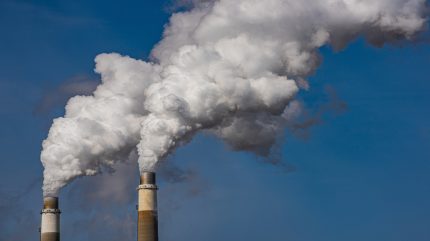
The US Department of Energy has extended an emergency order to maintain the availability of the JHCampbell coal-fired power plant in West Olive, Michigan, from 21 August 2025 to 19 November 2025.
The directive to the Midcontinent Independent System Operator (MISO) is a response to critical grid security concerns and power outage risks in the Midwestern region of the country.

Discover B2B Marketing That Performs
Combine business intelligence and editorial excellence to reach engaged professionals across 36 leading media platforms.
Since the Department of Energy’s initial order on 23 May, the Campbell plant has been integral to MISO’s ability to meet high energy demands, especially during times when intermittent energy production is low.
The emergency conditions necessitating the original order are still present, reinforcing the need for the Campbell plant’s continued operation.
The plant was set to close on 31 May, 15 years before the end of its projected design life.
US Secretary of Energy Chris Wright stated: “The US continues to face an energy emergency, with some regions experiencing more capacity constraints than others. With electricity demand increasing, we must put an end to the dangerous energy subtraction policies embraced by politicians for too long.

US Tariffs are shifting - will you react or anticipate?
Don’t let policy changes catch you off guard. Stay proactive with real-time data and expert analysis.
By GlobalData“This order will help ensure millions of Americans can continue to access affordable, reliable and secure baseload power regardless of whether the wind is blowing or the sun is shining.”
The Department of Energy’s Grid Reliability Evaluation warns of a potential 100-fold increase in power outages by 2030 if the US continues to decommission reliable power sources.
The urgency of the situation is further underscored by the National Oceanic and Atmospheric Administration’s (NOAA) latest seasonal outlook, which predicts a significant chance of above-normal temperatures in the Midwest during summer 2025.
These conditions are likely to increase energy demand, placing additional strain on the grid.





